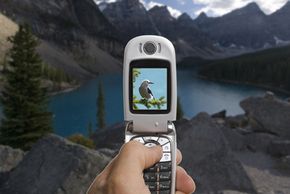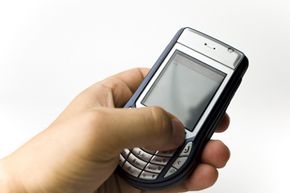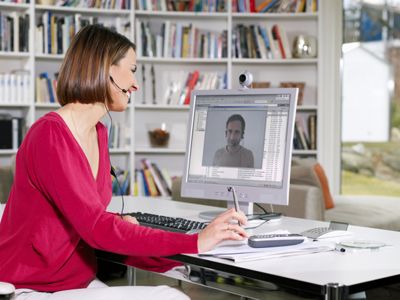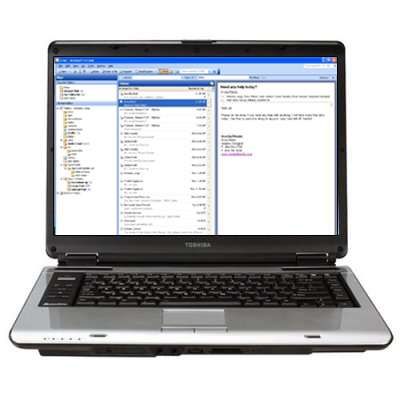What can't you do with a cell phone these days? The latest models allow you to take pictures, record movies, watch TV, play music, browse the Internet, send e-mails and even make the occasional phone call.
But what if you want to use your cell phone's multimedia technology for more than just entertainment? What if you actually need to get some work done? No problem. With a simple camera phone and some new software, you can turn any mobile phone into a scanner, fax machine and copier.
Advertisement
Camera phones are everywhere. According to 2007 statistics, 79 percent of cell phones sold in the United States had a built-in digital camera [source: RCR Wireless News]. An estimated 1 billion camera phones are in use around the world [source: ComputerWorld]. The picture quality of these phones is improving quickly. Some cell phone manufacturers have already released five-megapixel camera phones and there are rumors about a 10-megapixel model hitting the shelves any day now [source: AsiaMedia].
Scanning and faxing from a cell phone works through the same technology as Internet faxing. A document, in this case a digital photograph, is e-mailed to an Internet fax service that converts the digital photo into fax data. The fax service then sends the fax to the recipient over a phone line. For more information, read How Internet Fax Works.
The cool thing about these new cell phone "scan and fax" services is that they can optimize and compress camera phone images into clear, readable PDF documents. Using special imaging algorithms, the cell phone scanning software can take a photo of an open book -- with shadows in the crease and curved pages -- and turn it into a flat image with uniform background color and sharp text. The software also simplifies the image, getting rid of unnecessary digital noise to make the file smaller and easier to send over a cellular data network.
What exactly do you need to scan and fax documents with your cell phone? Does it work on all camera phones? Is it expensive? Read on to find out how to get started scanning and faxing from your cell phone.
Advertisement





